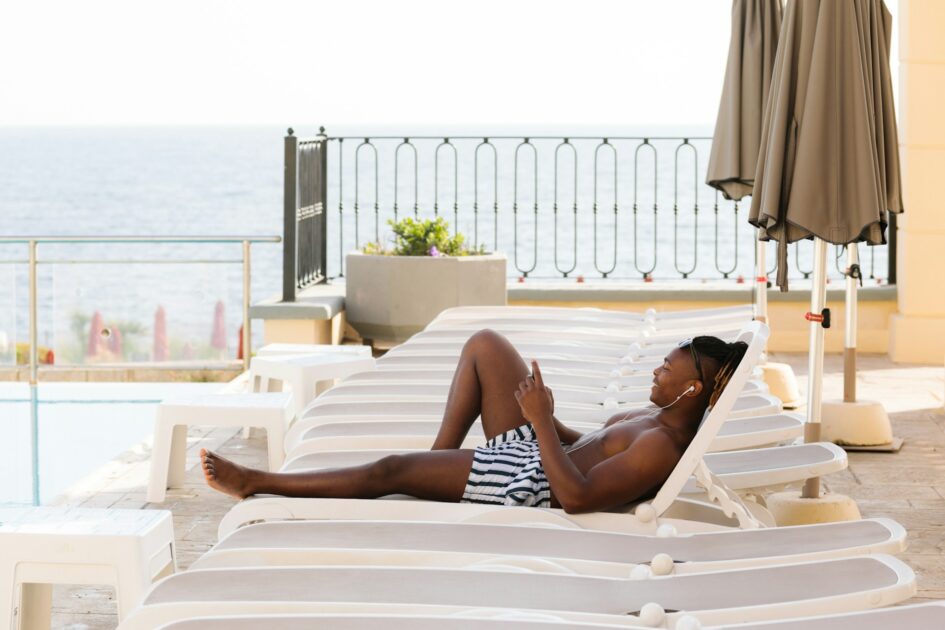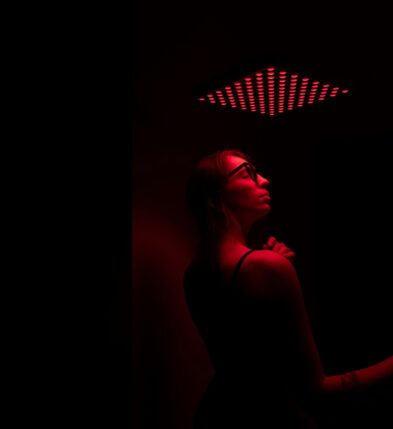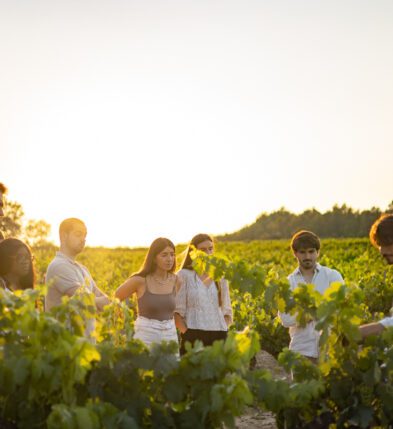There’s a quiet kind of magic in being recognised in unexpected places. A shared glance, a knowing smile. For Black travellers, these moments often carry more meaning than meets the eye.
The White Lotus may have wrapped a while ago, but one scene from its Thailand season still lingers with me. Natasha Rothwell’s character, Belinda, spots another Black couple dining at the resort. There’s no big exchange—just a glance. But as someone who’s navigated predominantly white spaces abroad, I felt the weight of that moment immediately.
Rothwell later revealed she’d asked for the scene. She’d experienced that same flicker of connection while travelling in Ireland—an instinctual sense of solidarity with another Black family. Sometimes, all it takes is a look to feel like you belong.
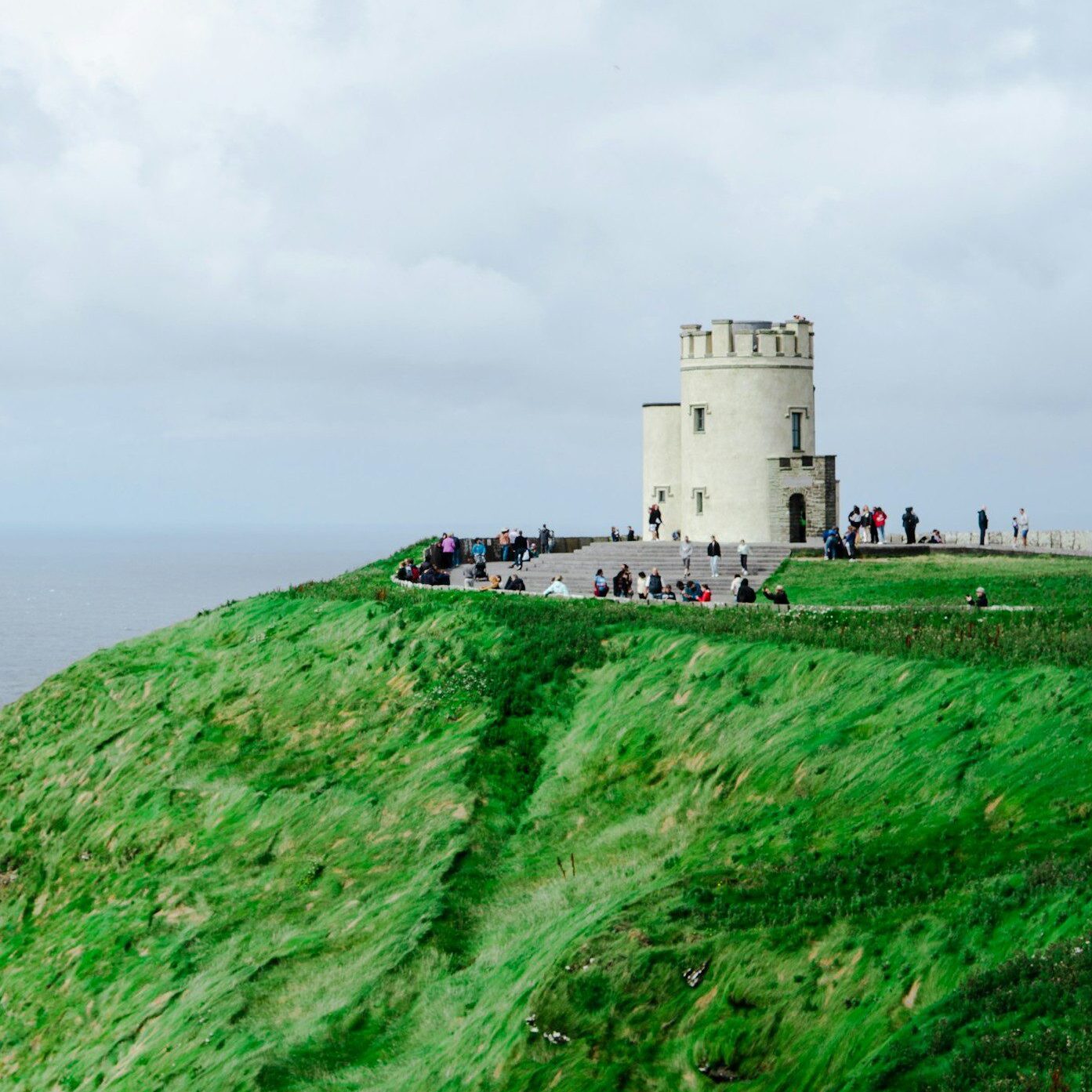
When I talked to him about being Black while traveling, I mentioned this story. I was traveling in Ireland, and I was at some castle at the top of some hill and it was misty, and there wasn’t a Black face in sight. And this Black family emerges from the mist and I lock eyes with them, and we started walking towards each other and hugged.
Natasha Rothwell
Black presence is still radical in certain spaces. Travel is often sold as universal, but for Black travellers, it can come with unspoken questions. Will I be safe here? Will I be seen here? And when you scroll through travel content—from hotel campaigns to influencer reels—the faces and stories being showcased don’t always reflect our own.
Black & Abroad’s “See You There” campaign laid this bare. When they asked AI to generate images of tourists in iconic destinations, the results were almost exclusively white. And when Black figures did appear, they were altered, distorted, or whitewashed altogether. The issue wasn’t a glitch—it was a reflection of the data, and of the assumptions that still shape who gets to be the face of travel.
xx
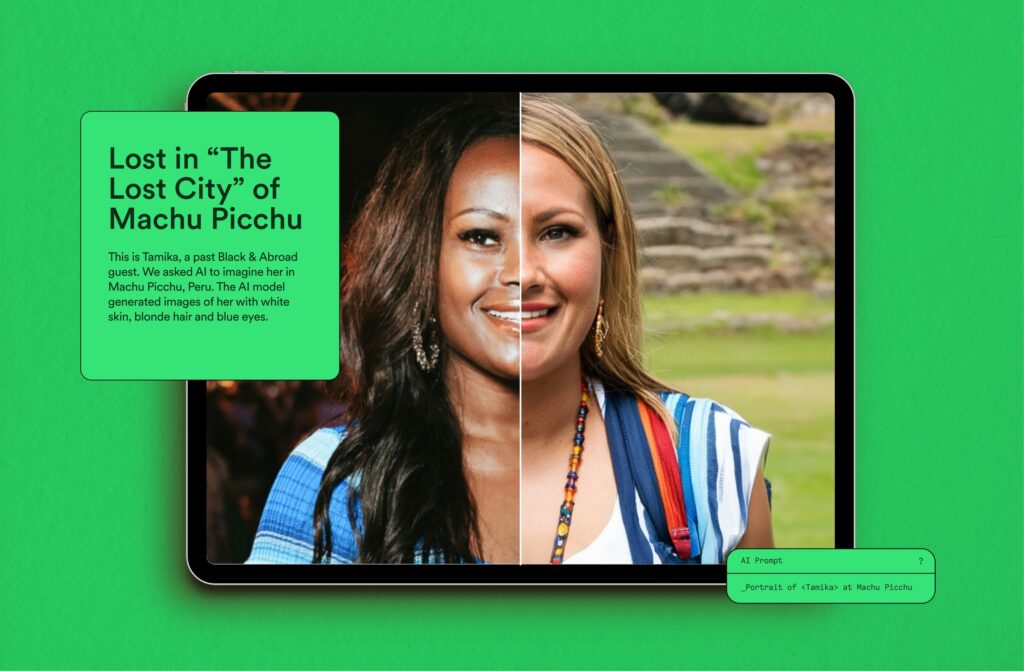
xx
Representation in travel isn’t about box-ticking. It’s about presence. It’s about possibility. It’s about seeing someone who looks like you and knowing—without question—that you belong. And despite these gaps, travelling while Black remains an act of joy, curiosity, and resilience—a chance to connect with the world on our own terms.
Travelling while Black is both joyful and nuanced. I’ve lost count of the times I’ve locked eyes with another Black traveller across a beach, a lobby, a backstreet café—and felt that quiet, unspoken bond. A moment that says, you get it.
For me, travel isn’t just about switching off. It’s about feeding curiosity, learning from unfamiliar rhythms, and connecting with the world on my own terms. But that connection hits differently when you feel like the only one. When your existence feels like a surprise rather than a norm.
We’ve always travelled. We’ve always explored, created, connected. It’s time the stories caught up with the reality.
Take Jessica Nabongo, for example—the first Black woman to visit every country in the world, all 195 of them, by 2019. Her journey isn’t just extraordinary—it’s proof of presence. But her story, like so many others, rarely makes it into mainstream travel narratives unless we choose to amplify them.
xx
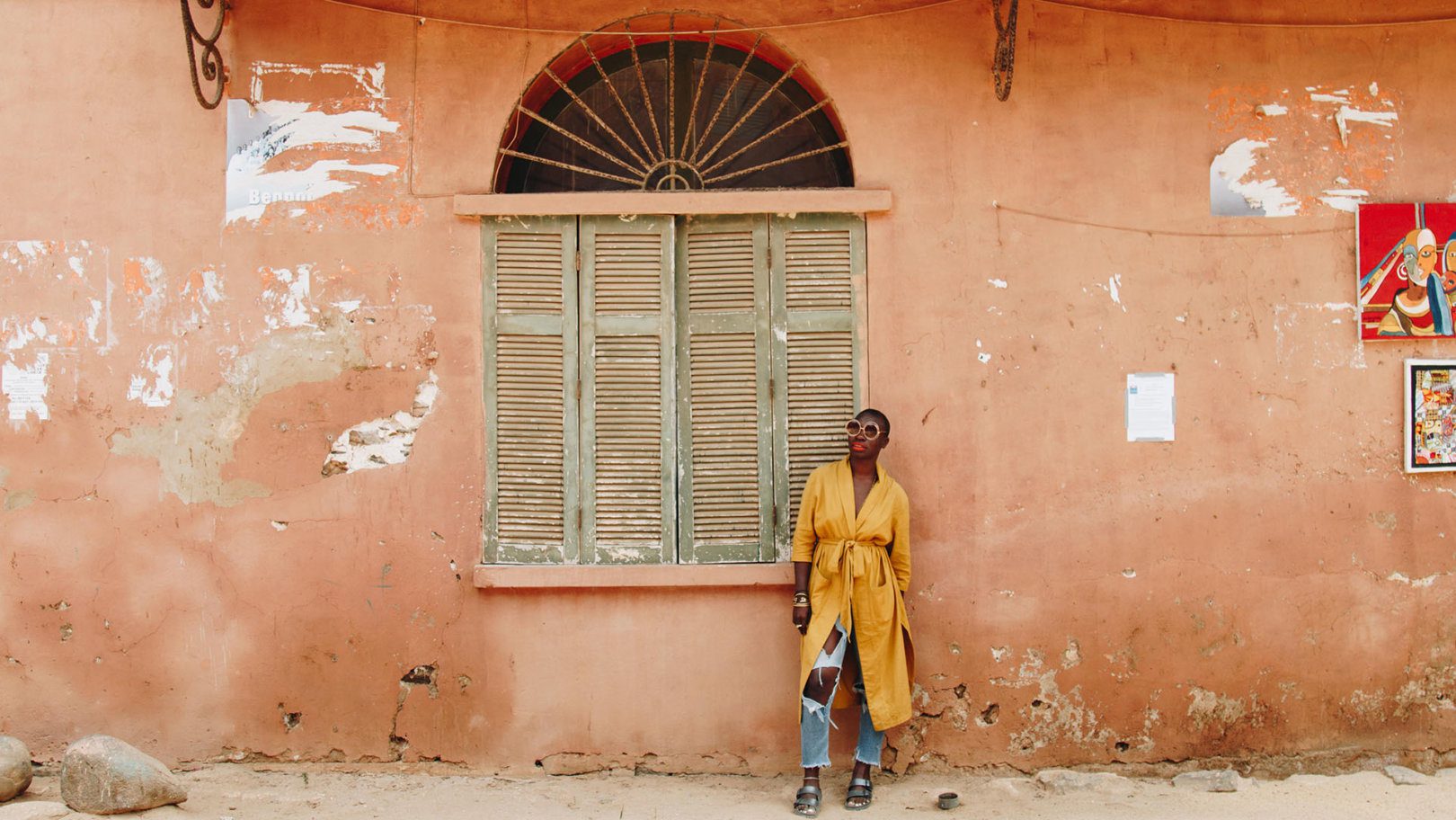
xx
For those looking to explore travel through a more inclusive lens, platforms like Travel Noire, Courtyard and others offering black-centric services are doing just that. They spotlight Black and Brown voices in travel, sharing stories that go beyond the expected and centring culture, joy, and belonging.
Travel Noire’s feature on underrated Black travel influencers is another reminder: Black travellers aren’t emerging—they’ve been here, shaping and experiencing the world in vibrant, powerful ways.
